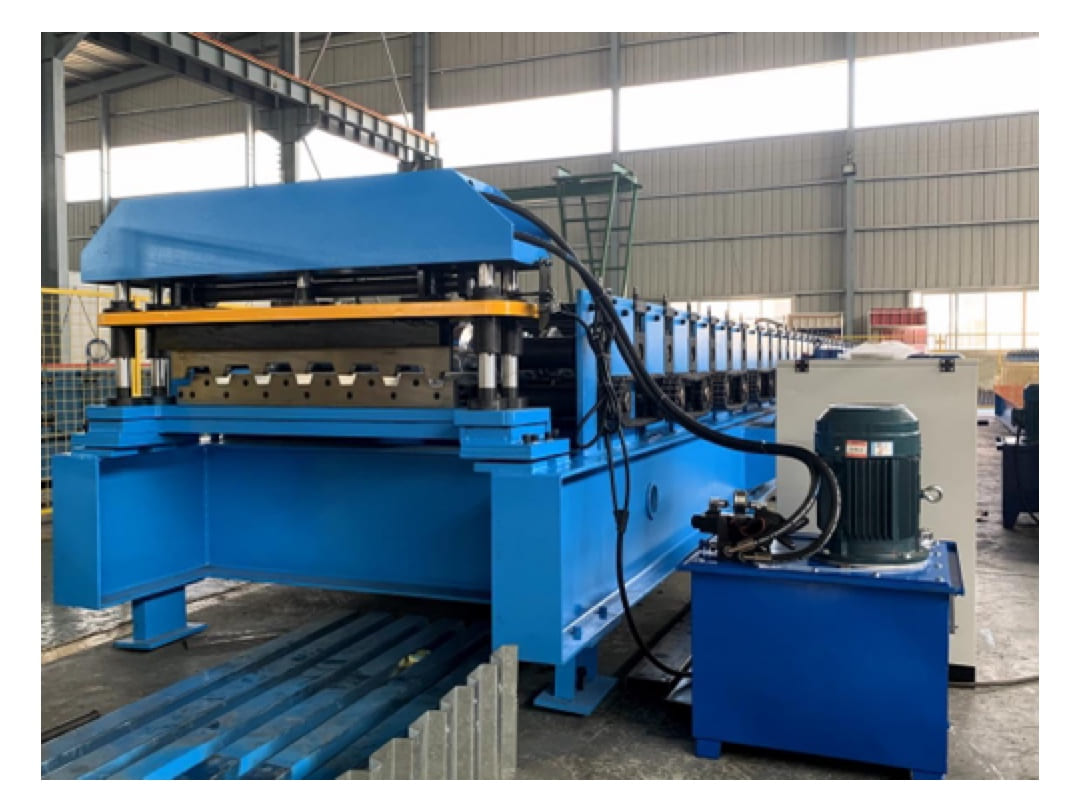Safety on the roads is paramount, and one of the critical elements in ensuring this safety is the presence of reliable and sturdy highway guardrails. The emergence of the Highway Guardrail Forming Machine has revolutionized the process of manufacturing these essential safety features. In this article, we will delve into the significance, advantages, applications, and working principles of the Highway Guardrail Forming Machine.
Enhancing Road Safety with the Highway Guardrail Forming Machine:
Highway guardrails are designed to prevent vehicles from leaving the roadway and colliding with hazardous obstacles. The Highway Guardrail Forming Machine plays a pivotal role in producing these guardrails with precision and efficiency, contributing to the overall safety of our roads.
Key Advantages of the Highway Guardrail Forming Machine:
- Precision Engineering: The machine ensures consistent dimensions and profiles in every guardrail produced, meeting strict safety standards and regulations.
- Efficient Production: The automated nature of the machine streamlines the manufacturing process, increasing production rates and meeting the demands of road infrastructure projects.
- Customization: The Highway Guardrail Forming Machine can create guardrails of various sizes, shapes, and designs, adapting to the specific requirements of different road layouts.
- Quality Assurance: The machine’s automated processes reduce the likelihood of human errors, resulting in high-quality guardrails that withstand the test of time and environmental conditions.
- Cost-Effective: By optimizing material usage and minimizing waste, the machine contributes to cost savings for manufacturers and road construction projects.
Applications of the Highway Guardrail Forming Machine:
- Highways and Expressways: The primary application of guardrails is on highways and expressways, where they provide crucial protection to drivers and passengers.
- Rural Roads: Guardrails are equally essential on rural roads where sharp curves, steep slopes, and obstacles pose potential dangers.
- Bridge Approaches: Highway Guardrail Forming Machines play a vital role in manufacturing guardrails for bridge approaches, preventing vehicles from veering off the road at elevated points.
- Toll Booths and Rest Areas: Guardrails are installed near toll booths and rest areas to prevent collisions and ensure the safety of vehicles in congested areas.
How the Highway Guardrail Forming Machine Works:
The Highway Guardrail Forming Machine operates on the principles of roll forming. Here’s a simplified overview of the process:
- Material Feeding: Raw materials, typically galvanized steel sheets, are fed into the machine.
- Roll Forming: The machine uses a series of rollers and dies to gradually shape the steel into the desired guardrail profile.
- Cutting and Shearing: The machine incorporates cutting and shearing mechanisms to cut the guardrails to the required lengths.
- Stamping and Hole Punching: If needed, the machine can stamp identification codes and punch holes for guardrail posts.
- Final Inspection: The produced guardrails undergo quality checks to ensure they meet safety standards and specifications.
The Highway Guardrail Forming Machine plays an indispensable role in creating the sturdy and reliable guardrails that protect drivers and passengers on our roads. Its precision, efficiency, and customization capabilities contribute to the overall safety of road infrastructure projects. As the world continues to focus on safer road systems, the Highway Guardrail Forming Machine will remain a crucial tool in achieving this goal, ensuring that our roads are equipped with effective safety measures to prevent accidents and save lives.

